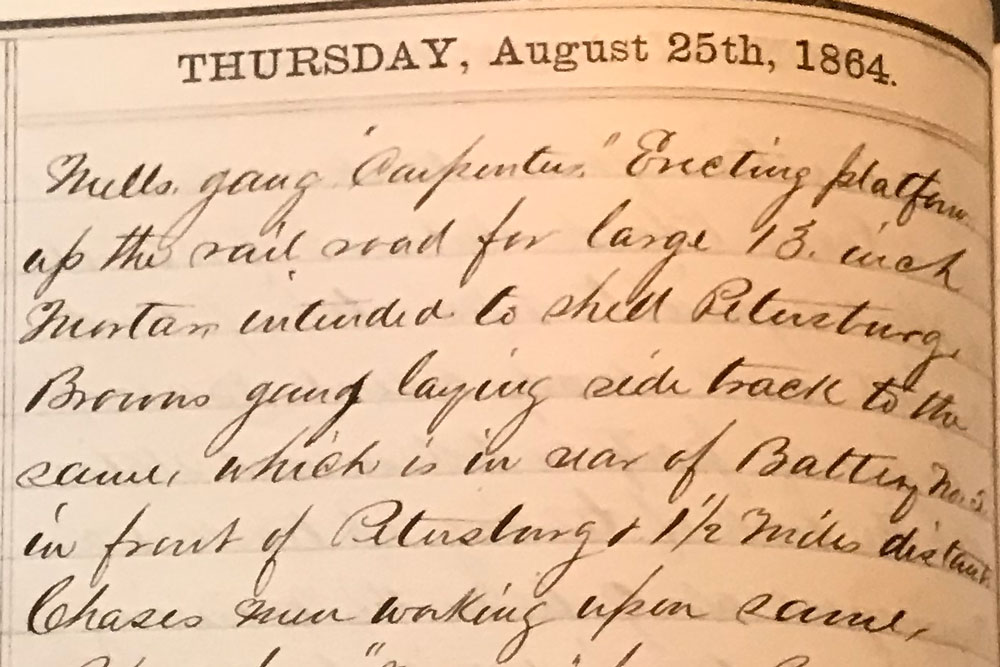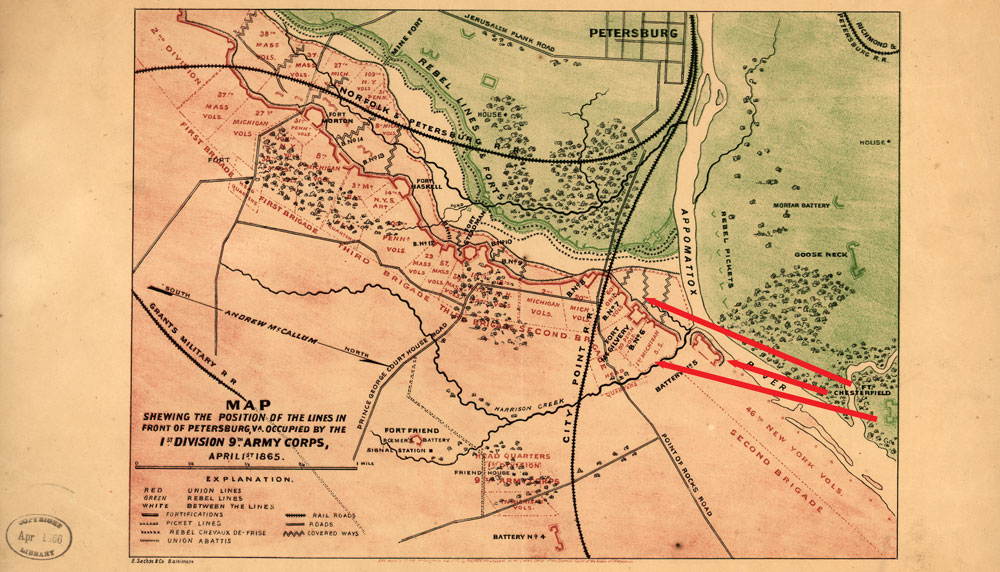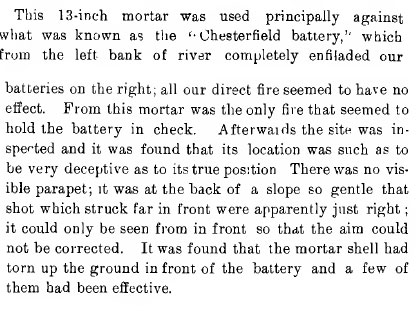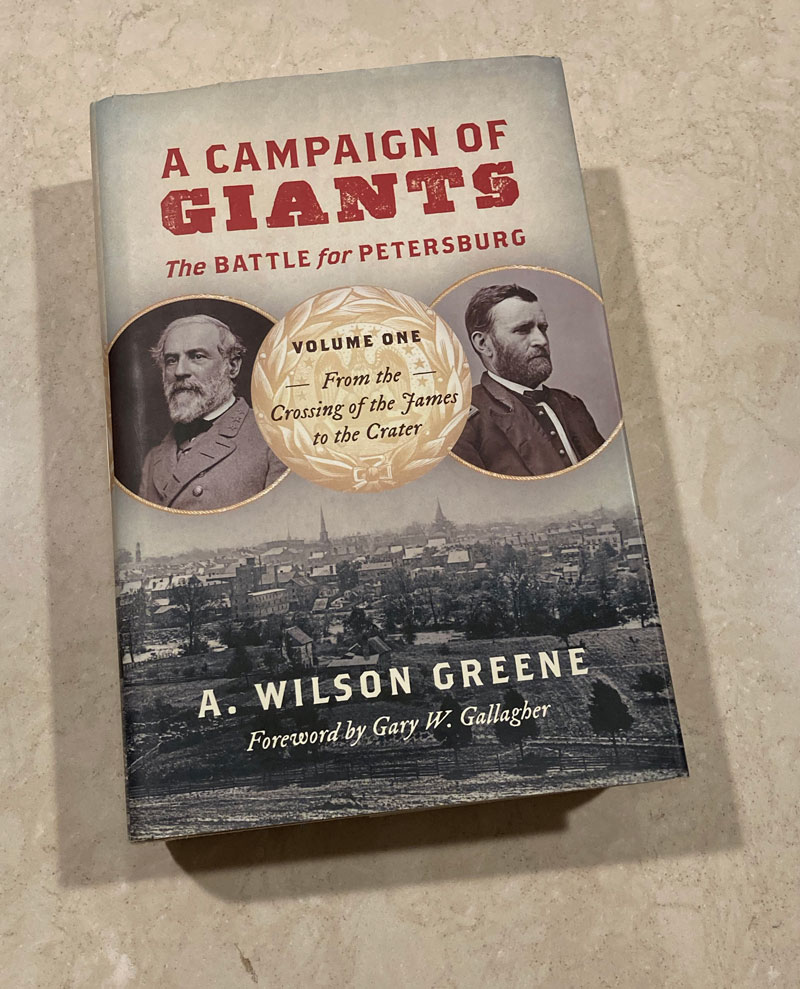In this post, I’m going to briefly compare two Civil War battles. Both battles had very similar results. Both of these battles were surprise attacks on strongly entrenched defenders.
The Battle of the Crater
Union Attacker: 8,500 troops and suffered losses of 3798 men
Confederate Defender: 6,100 troops and lost 1491 men
Result: Attackers were thrown back around midday
The Battle of Fort Stedman
Confederate Attacker: 10,000 troops and lost 4000 men
Union Defender: 14898 troops and lost 1044 men
Result: Attackers were defeated by around 8:00AM
Detailed accounts of both battles reveal a pretty similar chain of events. At first a breakthrough, but confusion and strong counterattacks caused high casualties among the attackers. In both cases, it was particularly difficult for the attackers to find a way to return to friendly lines.
Both attacks involved surprise in order to initiate the breakthrough. The Union Army used a mine to blow a hole in the Confederate lines to start the Battle of the Crater, while the Confederates used men posing as deserters to surprise and overcome the initial defense of Fort Stedman. The Union had more men to engage in the defense of Fort Stedman, and were able to defeat the assault early in the morning. The Confederates had less men involved in the Battle of the Crater, and took longer to completely throw back the assault.
To me, one of the the most interesting things about these two battles is how the results were reported by the defeated army commanders.
The complete text of all of these messages can be found online in the Official Records, just follow the embedded links and you will find yourself on the right page. Scroll down to find the relevant messages.
The day after the Battle of the Crater, General Grant sent a telegram to his Chief of Staff, General Halleck, and classified the battle as a disaster. The next day, in another letter to Halleck, a court of inquiry was requested by General Grant. Generals Burnside and Ledlie lost their commands and a number of other Union Generals were censured by the inquiry. In contrast, Lee’s message to Secretary of War, Breckinridge, was in a more matter of fact style. He did under-report the losses as “not heavy”. Lee was very complimentary of his troops and their leaders.
I think that there are some questions that are worth asking about the reports of each commander.
- Why was Grant so tough on his leaders? Did he believe that he needed a scapegoat, or did he feel that some of those leaders needed to be replaced?
- Why was Lee so indifferent to a bad day? Remember that at the time of this battle, the Confederacy was on it’s last legs. Did he expect the attack to fail before it was launched or was he maintaining a somewhat positive outlook to keep moral up?
One last point. It is interesting to think about how each of the losing commanders initial reports has carried down through history to today. Even though the results of each battle was about the same, the modern historians perception of the management of the two battles largely mirrors the commanders initial reports.

![Apple ][ replica poster](http://www.willegal.net/blog/wp-content/uploads/2021/02/apple-add.gif)








